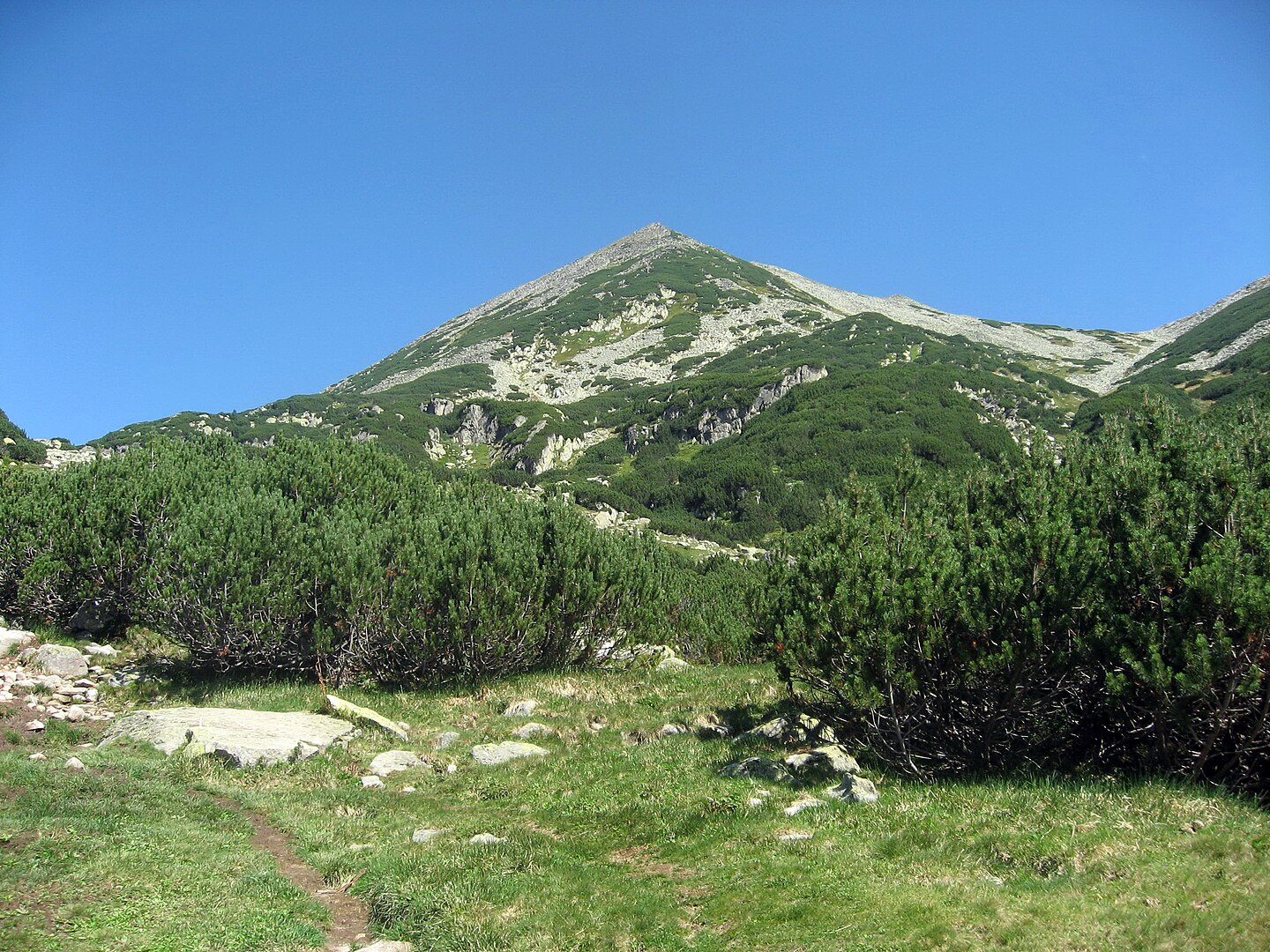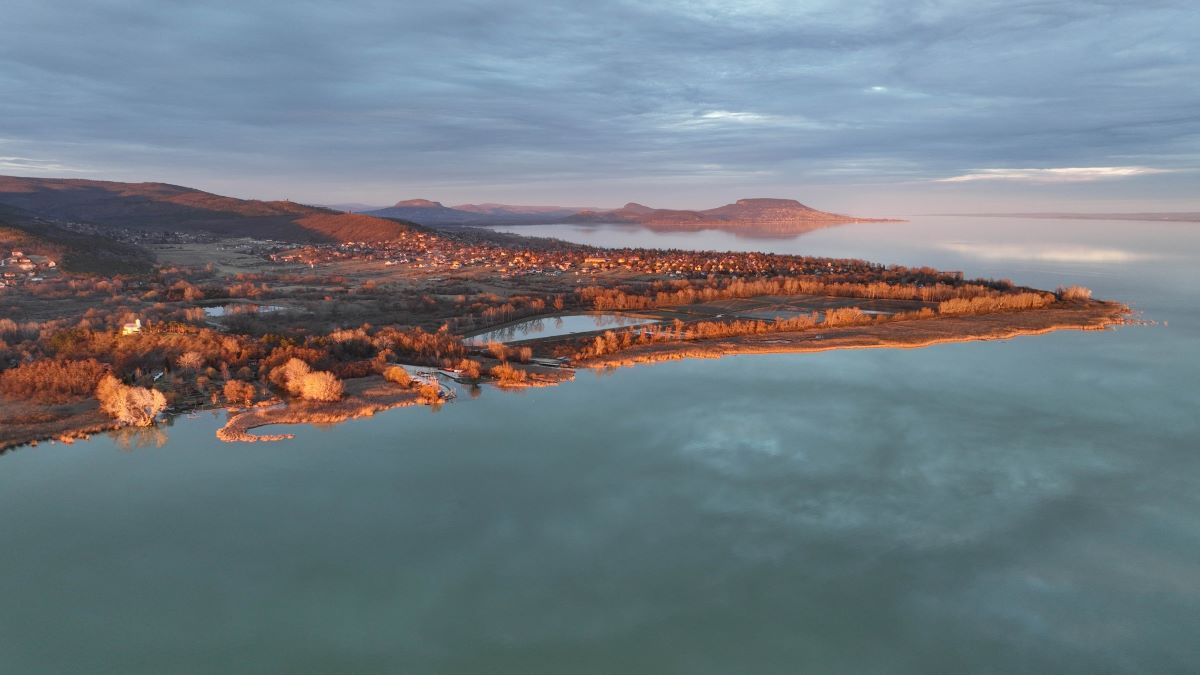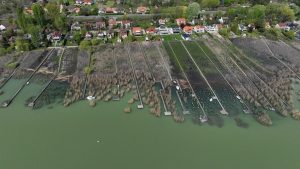
With this new method, the researchers aim to effectively monitor changes in species' ranges.Continue reading

Satellite images and local measurements show that the average temperature of Lake Balaton has risen by 0.7°C per decade over the past 20 years. Researchers expect a similar rate of warming in the coming decades, and the lake’s development will only increase this trend, according to the HUN-REN Balaton Limnological Research Institute’s (BLKI) website.
Shallow lakes, such as Lake Balaton, are particularly vulnerable to climate change because they warm up and cool down faster than deeper lakes and their water balance is more sensitive. These lakes evaporate more water due to higher temperatures, which can lead to a drop in water levels. As Lake Balaton is one of these lakes, it is more vulnerable to temperature changes.
Using archived satellite data, researchers at the HUN-REN BLKI have investigated how the lake’s surface water temperature has changed over the past 20 years.
Using satellite images and local measurements, they found that the average temperature of Lake Balaton has increased by 0.7°C per decade.
The temperature increase has been greatest in the western Keszthely basin, where it has risen by 1.8°C between 2000 and 2024. The survey also showed that the shallower, western part of Lake Balaton warms up mainly in spring and summer, while the deeper, eastern part of the lake warms up more in autumn and winter, said Boglárka Somogyi, senior research fellow and head of the Aquatic Botany and Microbial Ecology Research Group.
There are no precise figures on how much the average temperature of Lake Balaton might rise in 10 or 20 years, said Huan Li, the first author of the study, but added that they had already started work on a longer follow-up study over several decades to make a more accurate prediction.
Our preliminary work suggests that if climate change does not abate, we will see continued warming, meaning that in 10 to 20 years, water temperatures will continue to rise by 0.5 to 0.7°C per decade,”
she noted.
According to Huan Li, although the increasing size and number of ports around Lake Balaton will not in itself affect water temperatures, urban areas around the lake will warm the waters. This is backed up by their recent research, which also suggests that human activities (urbanization, filling) can also increase temperatures. They added that understanding detailed temperature changes can help to develop better environmental, water management and tourism strategies for Lake Balaton.

Photo: Facebook/BalatonScience
Mild winters and hot summers, characteristic of Lake Balaton in recent years, may create favorable conditions for non-native species such as certain subtropical and tropical algae, fish and plants. If indigenous species used to cooler conditions cannot adapt quickly enough to a changing climate, they could face extinction. “While native species can adapt to conditions to some extent, the rate of environmental change can outstrip their ability to adapt. This could result in significant changes in the structure and functioning of the Balaton ecosystem, leading to the dominance of more resilient non-native species,” stressed senior research fellow Viktor Tóth.
Via HUN_REN, Featured image: Facebook/BalatonScience